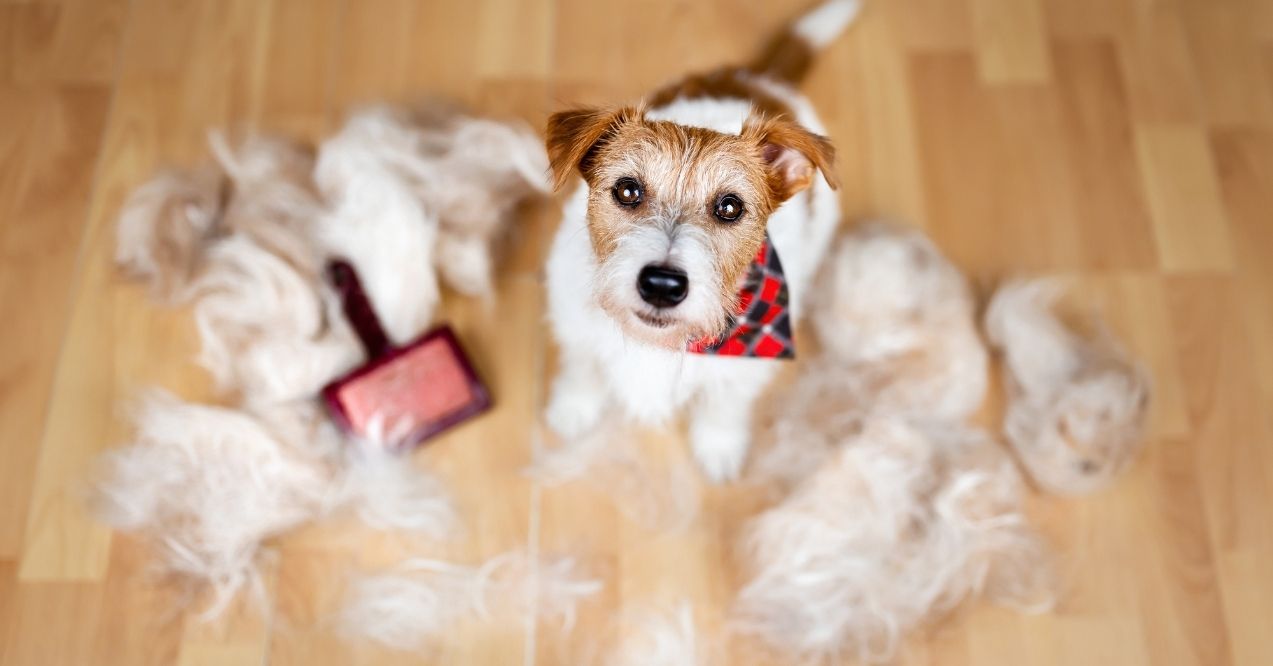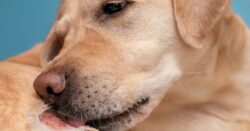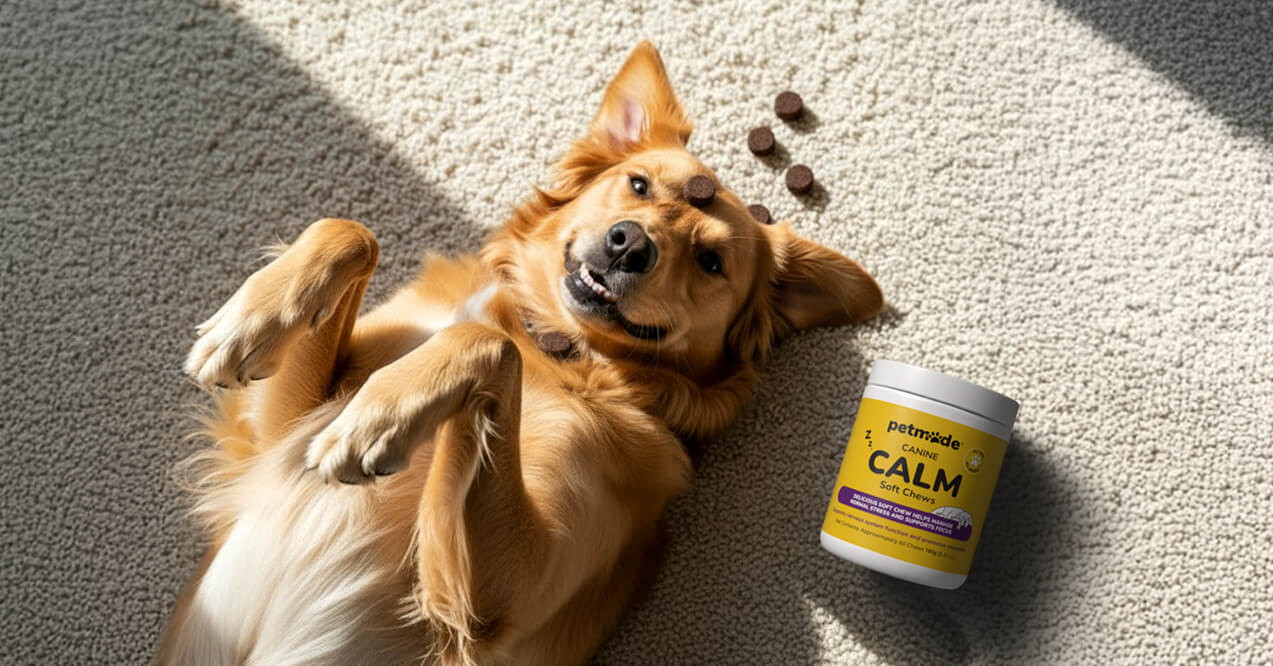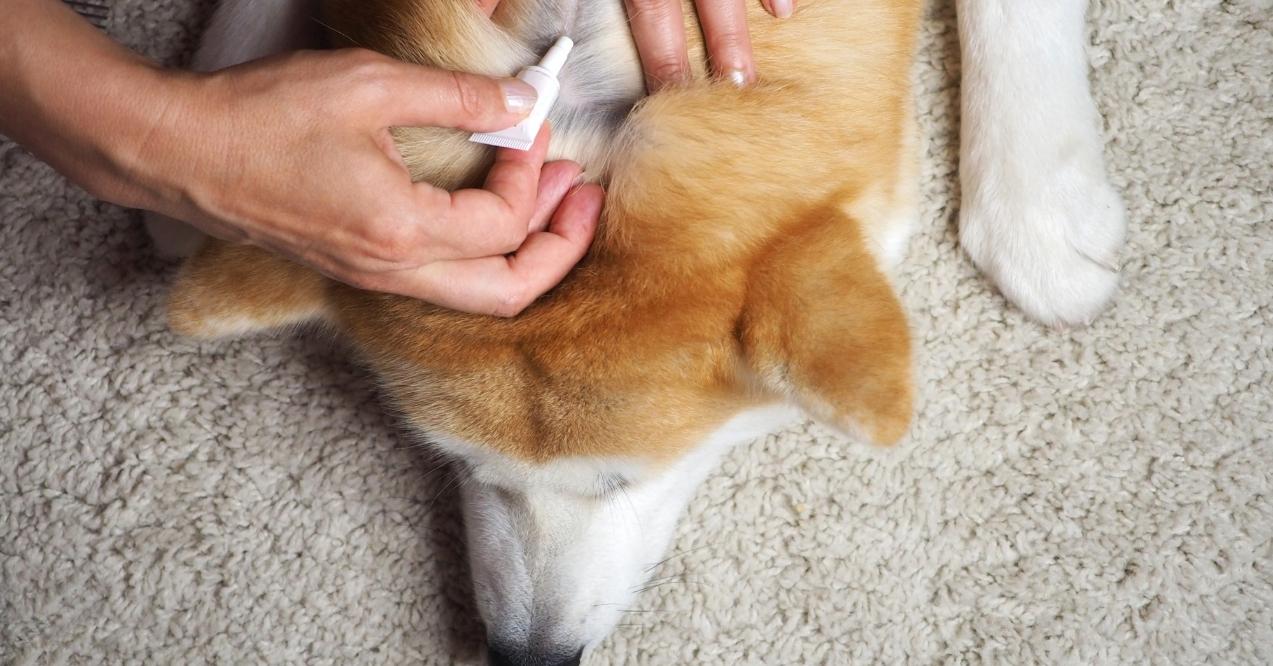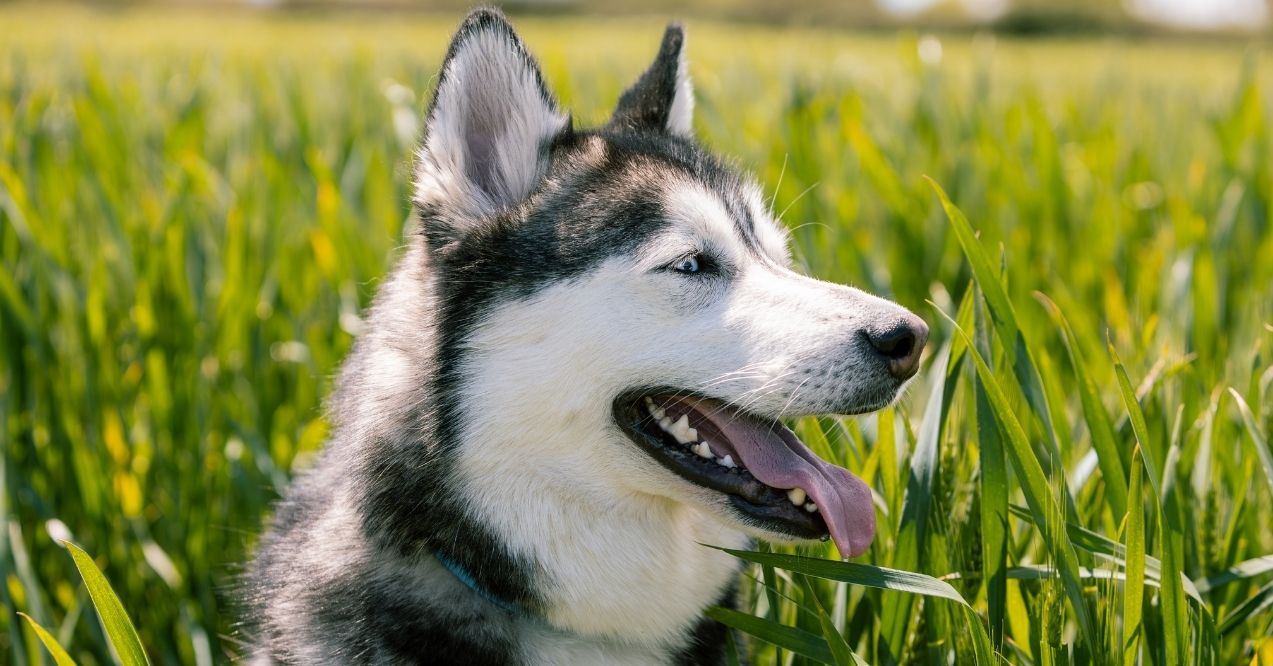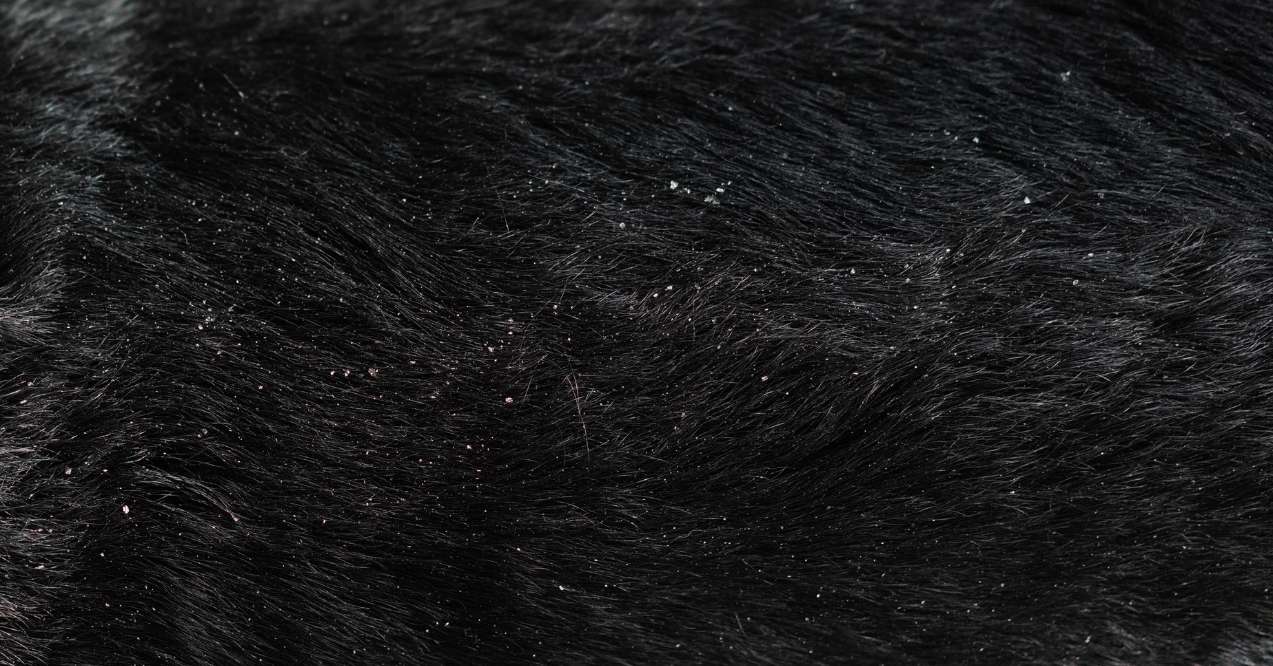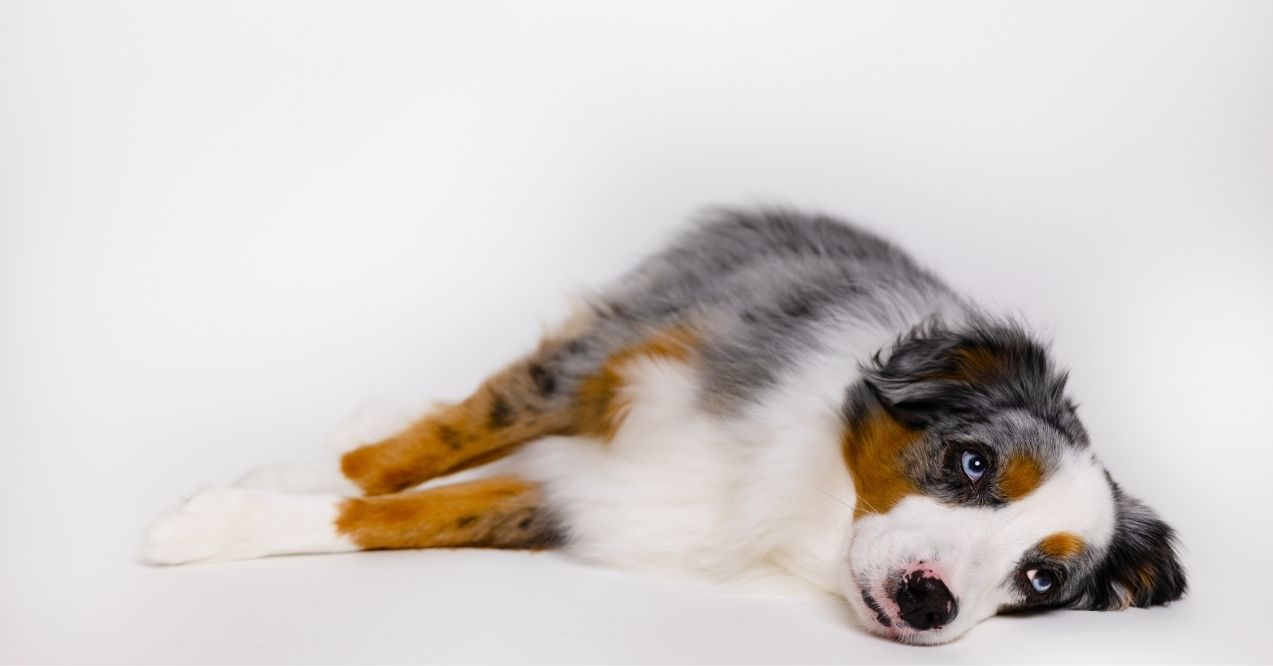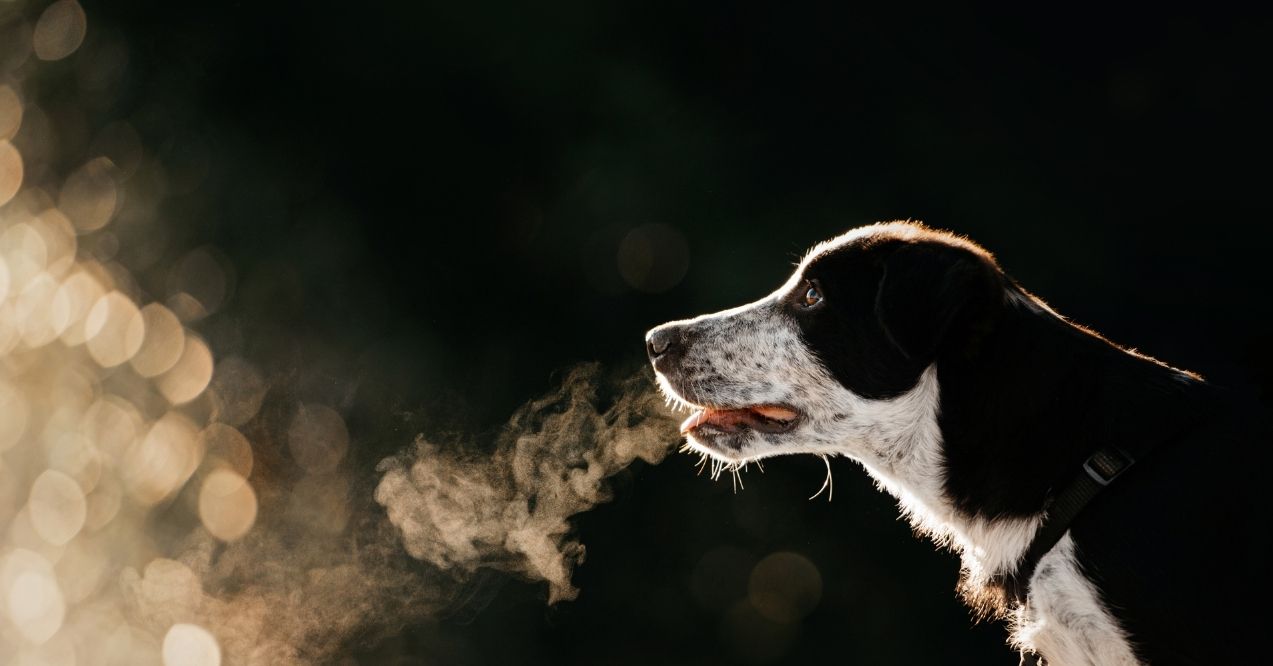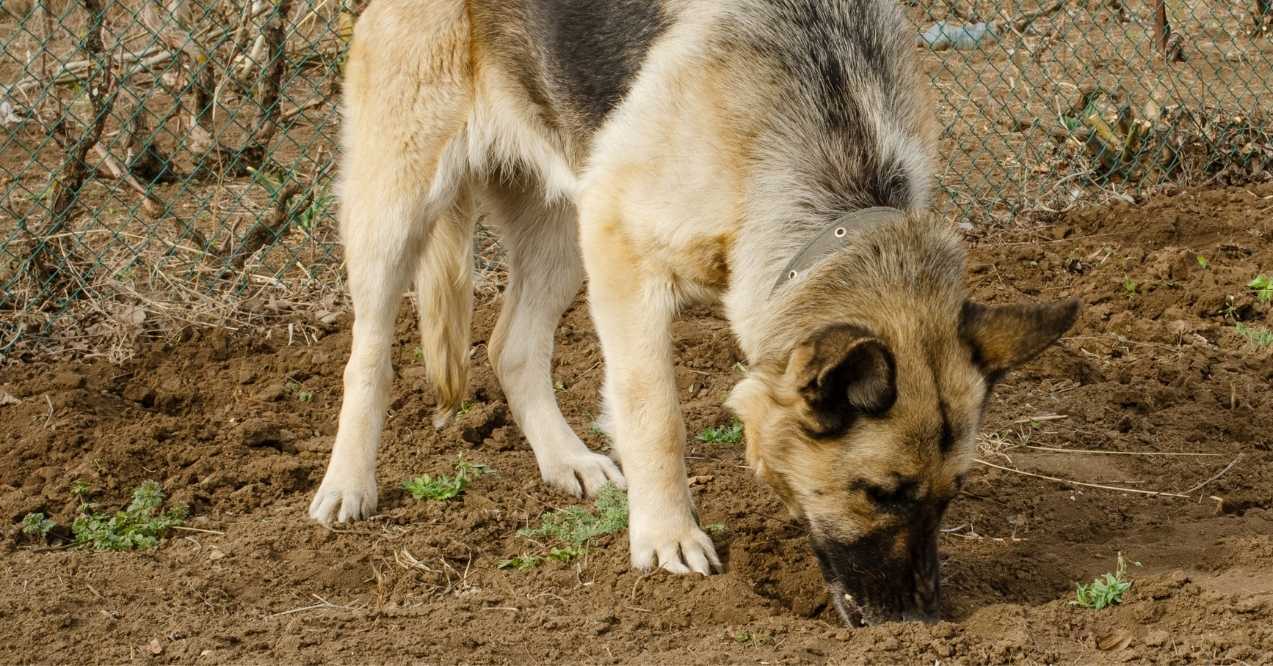When Is Shedding Season for Dogs?
If you’ve noticed tumbleweeds of fur rolling across your floors lately, you’re experiencing one of the most predictable aspects of dog ownership. The question “when is shedding season for dogs” becomes especially relevant when your vacuum starts working overtime. Shedding follows natural patterns tied to seasonal changes, your dog’s coat type, and even your home environment.
This natural process helps dogs regulate their body temperature throughout the year. While some breeds shed consistently, others experience dramatic coat changes during specific months. Your indoor lifestyle, breed characteristics, and even stress levels all play roles in determining when and how much fur ends up on your furniture.
What Is Dog Shedding Season?
Dog shedding season refers to specific times when dogs naturally lose more fur than usual. This biological process involves the systematic replacement of old hair with new growth, triggered primarily by changes in daylight hours rather than temperature alone. Your dog’s body responds to these environmental cues by adjusting hormone levels that control hair growth cycles.
The undercoat, particularly in double-coated breeds, undergoes the most dramatic changes during these periods. This dense layer of soft fur provides insulation, growing thicker for winter warmth and thinning out for summer cooling. The process serves an essential purpose in maintaining your dog’s comfort and health throughout changing seasons.
Many owners worry when they see increased fur loss, but seasonal shedding indicates your dog’s body functions properly. The amount and timing vary significantly between individual dogs. Learning what causes hair loss in dogs helps distinguish between normal shedding and potential health concerns that may require veterinary attention.
When Do Dogs Shed the Most?
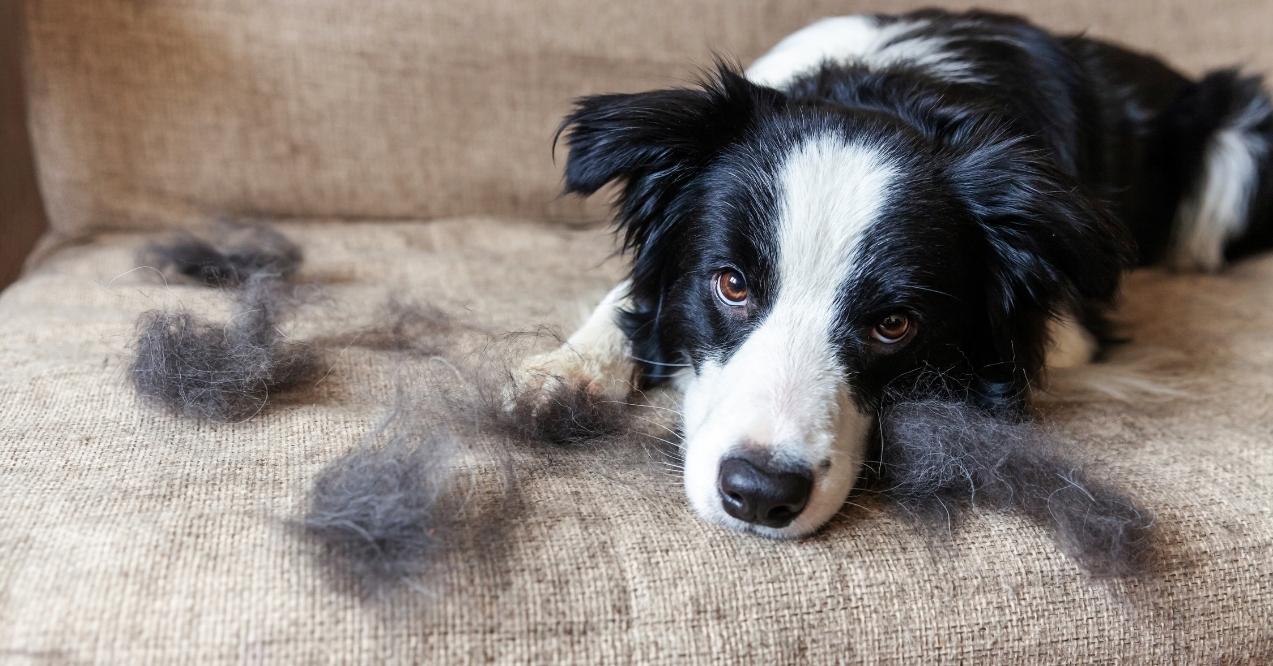
Peak shedding typically occurs during transitional seasons when dogs prepare their coats for upcoming weather changes. Spring and fall mark the most intense periods of fur loss for most breeds, though exact timing varies based on geographic location and individual factors. Dogs living in regions with distinct seasons often show more predictable shedding patterns than those in consistently mild climates.
The intensity of shedding during these peak times can surprise even experienced dog owners. Some dogs lose so much undercoat that their appearance temporarily changes. They may look thinner or even slightly different in color. This dramatic transformation happens gradually over several weeks as new hair pushes out the old.
Spring Shedding
Spring shedding, often called “blowing coat,” starts when daylight hours increase around March. Dogs shed their thick winter undercoats to prepare for warmer months ahead. This process can last anywhere from three to eight weeks.
The increased daylight triggers hormonal changes that accelerate hair loss. You’ll notice clumps of soft undercoat coming out during brushing sessions. Double-coated breeds may shed so intensely that fur comes out in handfuls when you pet them.
Fall Shedding
Fall shedding begins as daylight decreases, typically starting in September. Dogs shed their lighter summer coats to make room for denser winter fur. This transition tends to be less dramatic than spring shedding but still produces noticeable amounts of loose hair.
The new winter coat grows in thicker and often appears fuller by November. Some breeds develop such dense winter coats that they look significantly larger. This natural insulation helps maintain body temperature during cold months.
Do Dogs Shed More in the Winter or Summer?
Dogs don’t typically experience peak shedding during winter or summer themselves, but rather during the transitions between these seasons. Indoor dogs may shed moderately throughout winter due to artificial heating. Dry air conditions from heating systems can potentially increase fur loss. Similarly, air conditioning in summer may trigger unexpected shedding patterns.
Do dogs shed more in the summer compared to other seasons? Not necessarily, though hot weather may cause some additional fur loss. Dogs naturally thin their coats for cooling. The perception of increased summer shedding often comes from spending more time outdoors where loose fur becomes more noticeable on patio furniture and outdoor spaces.
Breed Differences in Shedding Season
Coat type significantly influences when and how much dogs shed throughout the year. Double-coated breeds experience distinct dog moulting seasons with dramatic coat changes, while single-coated breeds maintain more consistent shedding patterns. The genetic programming for coat growth cycles varies widely across different breeds.
Some breeds shed so minimally that owners barely notice seasonal changes. Others transform completely between seasons. These dramatic shedders require intensive grooming during peak shedding season for dogs. Knowing your breed’s specific patterns helps you prepare for and manage these natural cycles effectively.
Heavy Shedders vs. Light Shedders
Heavy shedders include breeds with thick double coats designed for cold climates. German Shepherds, Siberian Huskies, and Golden Retrievers top the list of prolific shedders. These dogs experience intense dog moulting in winter preparation. Their spring coat blowing can be equally dramatic.
Light shedders typically have single coats or hair-type coats that grow continuously:
- Poodles and Poodle mixes shed minimally year-round
- Yorkshire Terriers lose small amounts of hair daily
- Maltese maintain steady, barely noticeable shedding patterns
- Bichon Frises require regular grooming but shed very little
Indoor Dogs vs. Outdoor Dogs
Indoor dogs often shed unpredictably due to constant exposure to artificial lighting and climate control. These environmental factors can override natural seasonal triggers. The result? Moderate but continuous shedding throughout the year. Your home’s consistent temperature eliminates the need for dramatic coat changes.
Outdoor dogs maintain more natural shedding cycles aligned with actual seasons. They develop thicker winter coats and shed them completely in spring. These dogs show clear patterns. Do dogs shed in the fall? Yes, outdoor dogs consistently shed lighter summer coats from September through November.
What Else Can Affect Shedding Patterns?
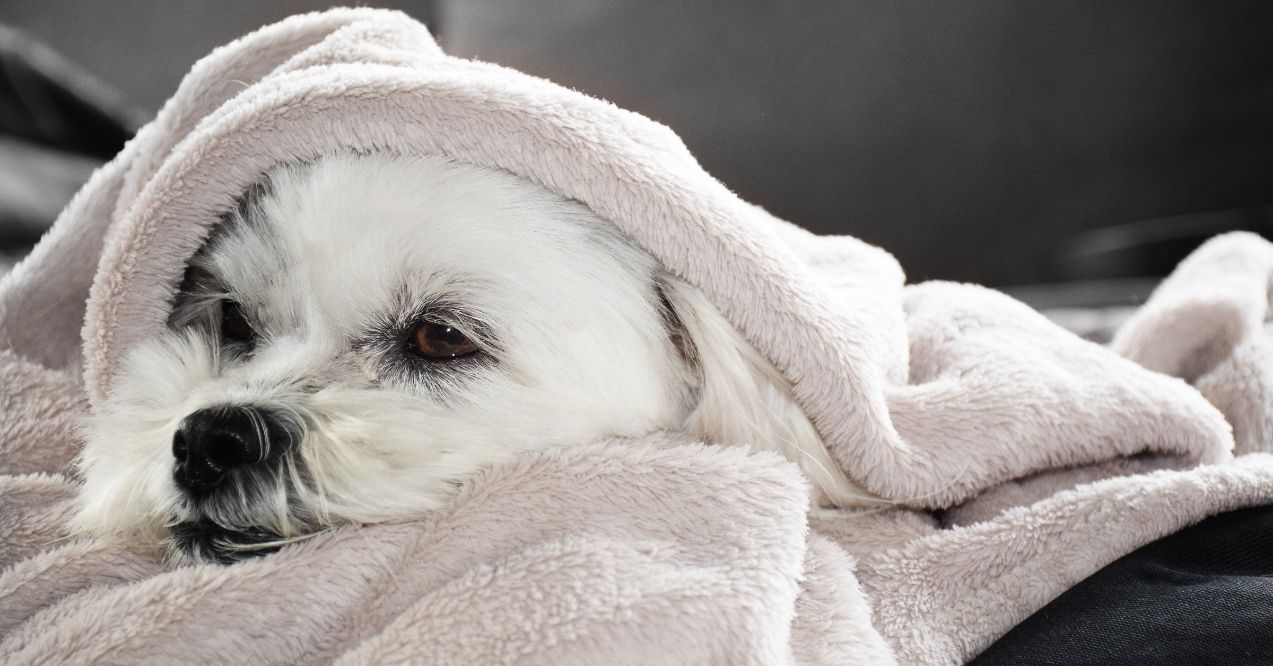
Beyond seasonal changes, multiple factors influence your dog’s shedding frequency and intensity. Environmental humidity plays a significant role. Dry air may cause increased fur loss and skin flaking. Dogs in arid climates often shed more. Those in humid environments may experience less dramatic shedding.
Age affects shedding patterns too. Puppies experience their first major shed between four and six months old when adult coats develop. Senior dogs may develop thinner coats or shed irregularly. Hormone levels change with age. Female dogs often shed heavily after heat cycles or pregnancy, while neutered dogs sometimes develop fuller coats.
Your dog’s overall health status directly impacts coat quality and shedding patterns. Proper hydration keeps skin healthy. It may reduce excessive fur loss. Even subtle changes in daily routines can trigger temporary increases in shedding.
Stress and Anxiety-Related Shedding
Sudden environmental changes can trigger excessive shedding within hours. Loud noises matter. So does separation anxiety. This stress response causes hair follicles to simultaneously enter the resting phase. The result is noticeable fur loss. Moving homes, introducing new pets, or schedule changes commonly trigger this type of shedding.
Enrichment activities may help reduce stress-related fur loss. Puzzle feeders provide mental stimulation during alone time. Regular exercise releases tension and potentially promotes healthy coat growth. Consistent daily routines minimize anxiety triggers that lead to excessive shedding.
Skin Health and Hydration
Dehydrated skin sheds more as hair follicles weaken without adequate moisture. Dogs need approximately one ounce of water per pound of body weight daily. This supports optimal skin health. Low humidity environments can potentially double normal shedding rates. Winter heating season often creates these dry conditions.
Dry, flaky skin often accompanies excessive shedding in dehydrated dogs. Adding moisture through humidifiers may reduce winter shedding. Regular bathing with moisturizing shampoos designed for dogs also supports healthy skin. Choose grooming products carefully. The right ones can make a significant difference during dry seasons.
How to Support Your Dog During Shedding Season
Managing dog moulting season effectively requires combining grooming, nutrition, and environmental strategies. The right approach can potentially reduce loose fur in your home significantly during peak shedding periods. Starting preparation before seasonal changes helps minimize the impact on your household.
Creating a consistent routine makes shedding season manageable. Regular grooming sessions become bonding opportunities. They keep fur under control too. Do dogs shed more in the winter when kept indoors? Yes, but proper care minimizes the mess regardless of season.
Brushing and Grooming Habits
Daily brushing during peak shedding removes loose fur before it lands on furniture. Double-coated breeds benefit from undercoat rakes. These tools reach deep layers without damaging top coats. Single-coated dogs need slicker brushes or bristle brushes. Hair length determines the best tool choice.
Professional grooming every 6-8 weeks during shedding season helps manage excessive fur. Groomers use high-velocity dryers. These blow out loose undercoat more effectively than home brushing alone. They can also identify skin issues that might increase shedding beyond normal seasonal patterns.
Nutrition and Coat Support
Omega-3 rich foods support skin health and may reduce excessive shedding during seasonal transitions. Fresh salmon provides these beneficial fatty acids naturally. So do sardines and flaxseed. Learning what vitamin deficiency causes hair loss in dogs helps you identify nutritional gaps that may affect coat health.
Quality proteins from whole meat sources potentially strengthen hair follicles. This supports healthier coat growth year-round. Adding moisture-rich foods increases hydration. Bone broth makes an excellent addition to meals.
Cleaning and Home Management
Strategic home management makes living with a shedding dog more comfortable. Washable furniture covers protect upholstery during peak shedding weeks. They’re easy to clean. Robot vacuums programmed for daily runs keep floors fur-free without extra effort.
Keep lint rollers stationed throughout your home for quick touch-ups:
- One by the front door for last-minute clothing fixes
- Another in your car for on-the-go cleaning
- Place one in your bedroom for morning prep
- Air purifiers with HEPA filters capture airborne fur and dander
Creating pet-free zones provides relief during intense shedding periods. Groom outdoors when weather permits. This keeps loose fur from accumulating indoors. Regular washing of dog bedding removes accumulated fur. It reduces redistribution throughout your home too.
Conclusion
Knowing when is shedding season for dogs helps you prepare for these natural cycles effectively. Spring and fall bring the most intense shedding for most breeds. Indoor living can create year-round patterns though. Your dog’s breed matters. So does their environment and health. All these factors influence when and how much they shed.
Regular grooming makes a difference. Proper nutrition potentially helps too. Strategic home management turns shedding seasons from overwhelming to manageable. While you cannot stop natural shedding, these approaches may significantly reduce its impact on your daily life. Accepting shedding as part of dog ownership while taking proactive steps creates a comfortable environment for everyone in your household.
Dogs typically shed most heavily during spring (March-June) and fall (September-November) as they transition between winter and summer coats.
Dogs shed more during transitions into summer and winter rather than during the seasons themselves, with spring shedding usually being more dramatic.
Yes, fall shedding is completely normal as dogs replace their light summer coats with thicker winter fur.
Dog moulting season refers to spring and fall periods when dogs naturally shed old fur to grow seasonally appropriate coats.
Yes, puppies shed their soft puppy coats around 4-6 months old, while senior dogs may shed irregularly due to age-related hormonal changes.
Advertisement. This site offers health, wellness, fitness and nutritional information and is designed for educational purposes only. You should not rely on this information as a substitute for, nor does it replace, professional medical advice, diagnosis, or treatment. If you have any concerns or questions about your health, you should always consult with a physician or other health-care professional. Do not disregard, avoid or delay obtaining medical or health related advice from your health-care professional because of something you may have read on this site. The use of any information provided on this site is solely at your own risk.
